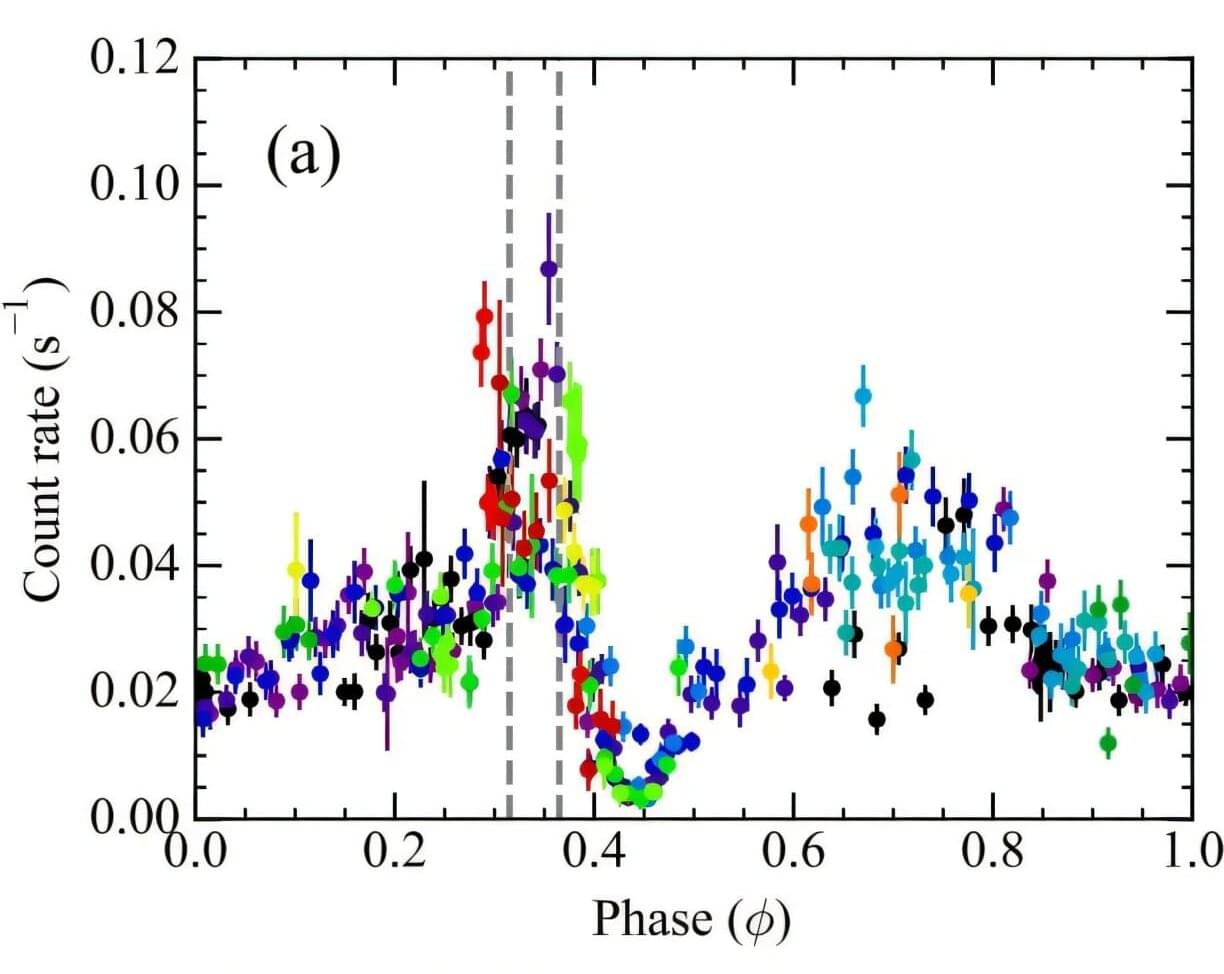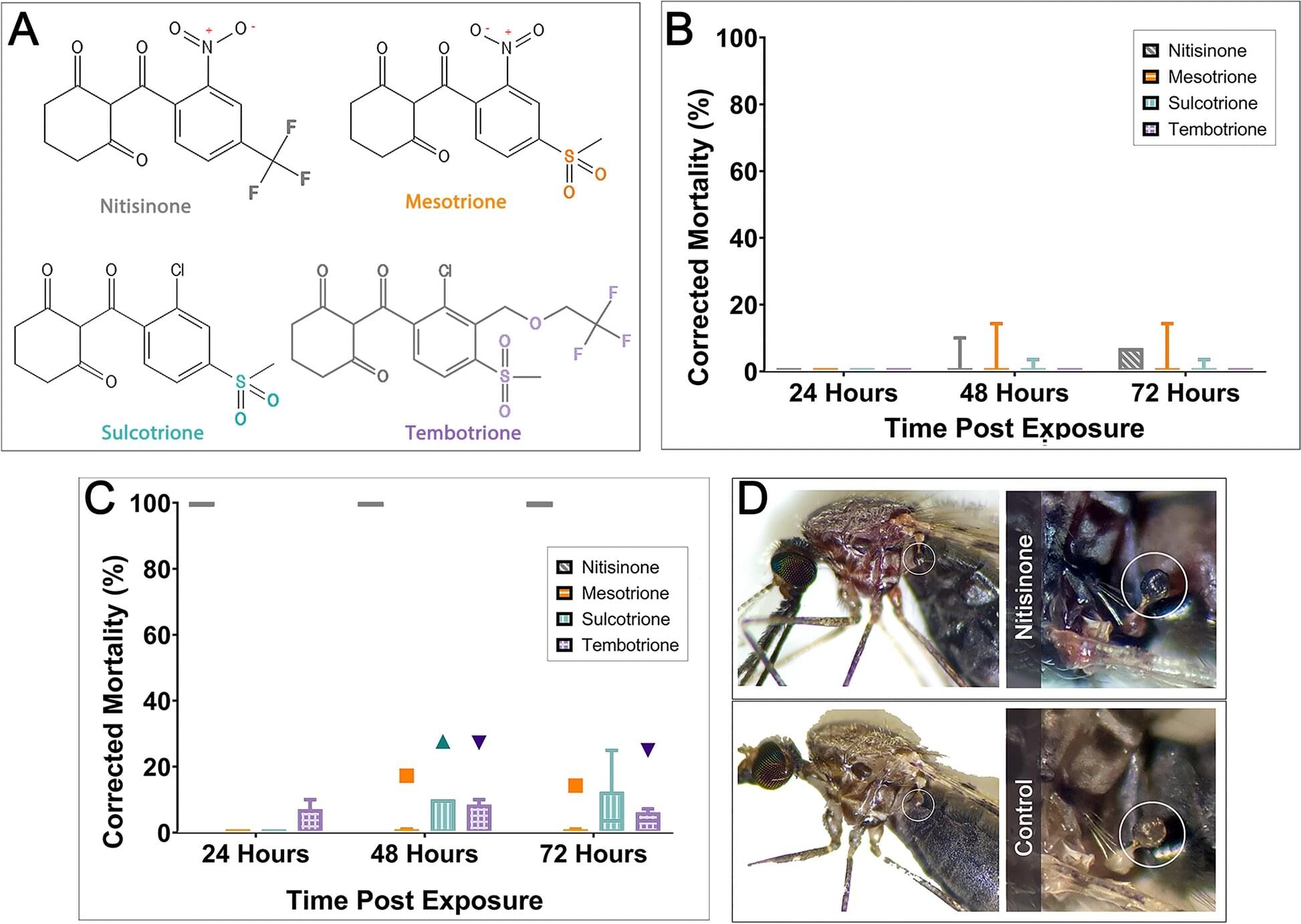While all seeds produced within a fruit have the same maternal genome, the paternal genomes of seeds can come from the pollen of one or more paternal parents. A common assumption about flowering plants is that the ovules are most often pollinated by multiple paternal parents at the flower level.
Various genomic conflicts can arise during the process of fertilization and fruit production in multiseed plants, including conflicts over nutritional resources between the maternal plant and its offspring, conflicts over nutritional resources among developing seeds, between paternal and maternal genomes over seed development and competition among paternal parents. The relationship between these genomic conflicts and single or multiple paternal parentage is unclear.
To shed some light on the prevalence of monogamy and polyandry in flowering plants, a group of researchers in India conducted a systematic literature review of studies from 1984 to 2024 and a meta-analysis of 63 flowering plant species from diverse families. The study was recently published in the Proceedings of the National Academy of Sciences. The number of paternal parents was determined in the context of self-compatible vs. incompatible breeding, seed number, and phylogenetic relationships.








